It was another cold day but we had a great turnout of volunteers at the Horticulture Center. Larry H. went out in the gardens to bring in more lights and Pat M. continued to process lights for storage. Larry O. was both inside and outside and Bill O. helped out with myriad projects this morning and afternoon. Dr. Gredler worked on more painting and Dick H. had some projects after plowing the 1″ of fresh snow off of our parking lot. Dave, Jim, Vern, Bob K. and Ron Y. continued progress on the garden art projects. Marv continued to clean up our indoor tropicals and Gary worked on some office equipment inventories. Kay finished processing our most recent seed order although the last couple orders should arrive next week. We also saw Bev D., Dr. Yahr, Cindy B., Rollie, Polly and many others today.
As we prepare for our “Smelly Garden” theme in the Nancy Yahr Memorial Children’s Garden this year, I’m ordering seeds and plants of many fragrant annual selections. Above is the “lady of the night” (Brunfelsia gigantea) which has an unbelievably sweet fragrance. Scent in the garden is such a wonderful addition and is frequently not considered or appreciated for its value! While there are certainly trees, shrubs and hardy perennials that offer scent (particularly emitted scent!), the blooming (and thereby scent) “window” can be quite narrow. Relying on seasonals and tropical plants with strong summer scent will help with the continuation of olfactory appeal in your landscape. Included here are just a smattering of the many varieties that can offer some nice smells in your landscape. Keep in mind that fragrant plants are loosely grouped in to two categories; those that emit a scent in the air and those that need to be touched (tactile engagement) to enjoy the scent (basil, thyme, etc.). All of these are “emitters” with the exception of the popcorn plant below which should be rubbed to release the scent. We’ll have well over 150 varieties of fragrant perennials and annuals in our Smelly Garden this year!
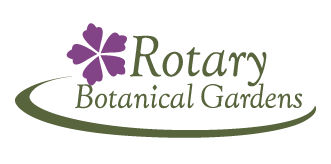
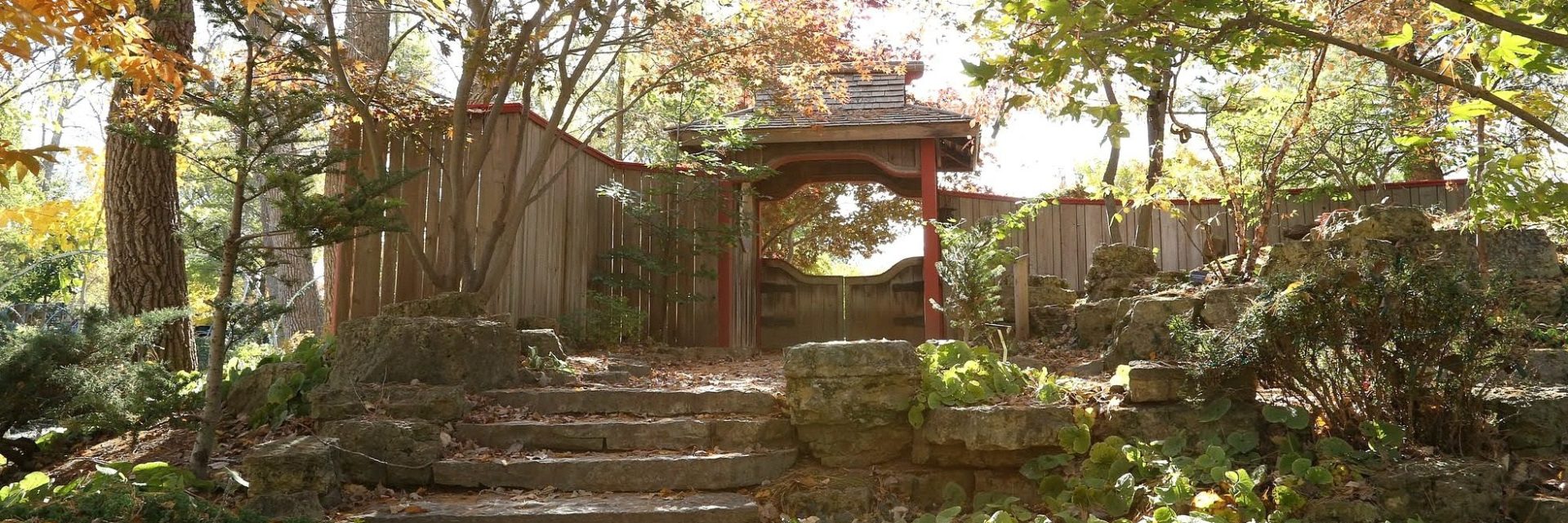






.jpg)

.jpg)


.jpg)
.jpg)
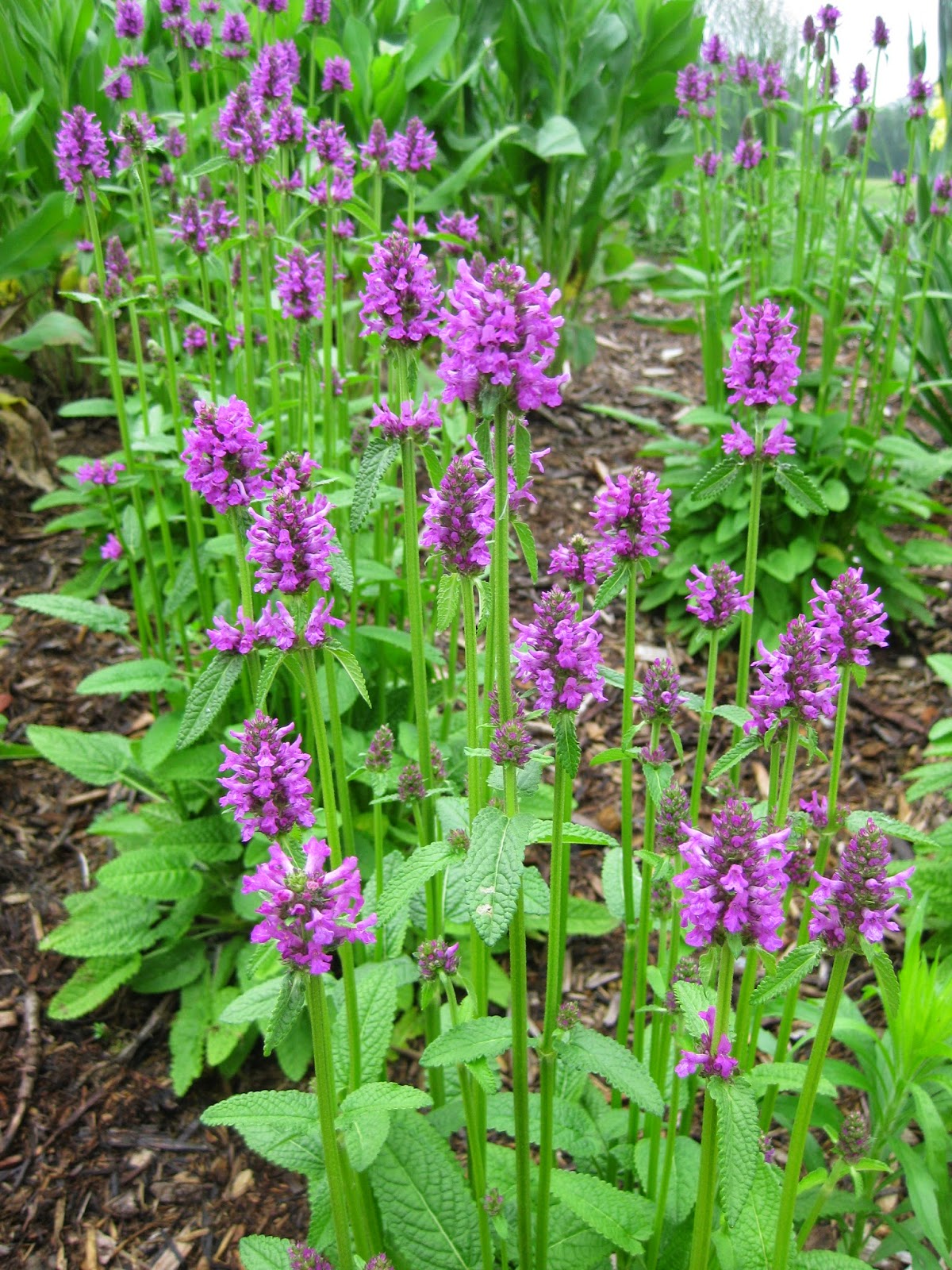

.jpg)
a.jpg.JPG)
.jpg)
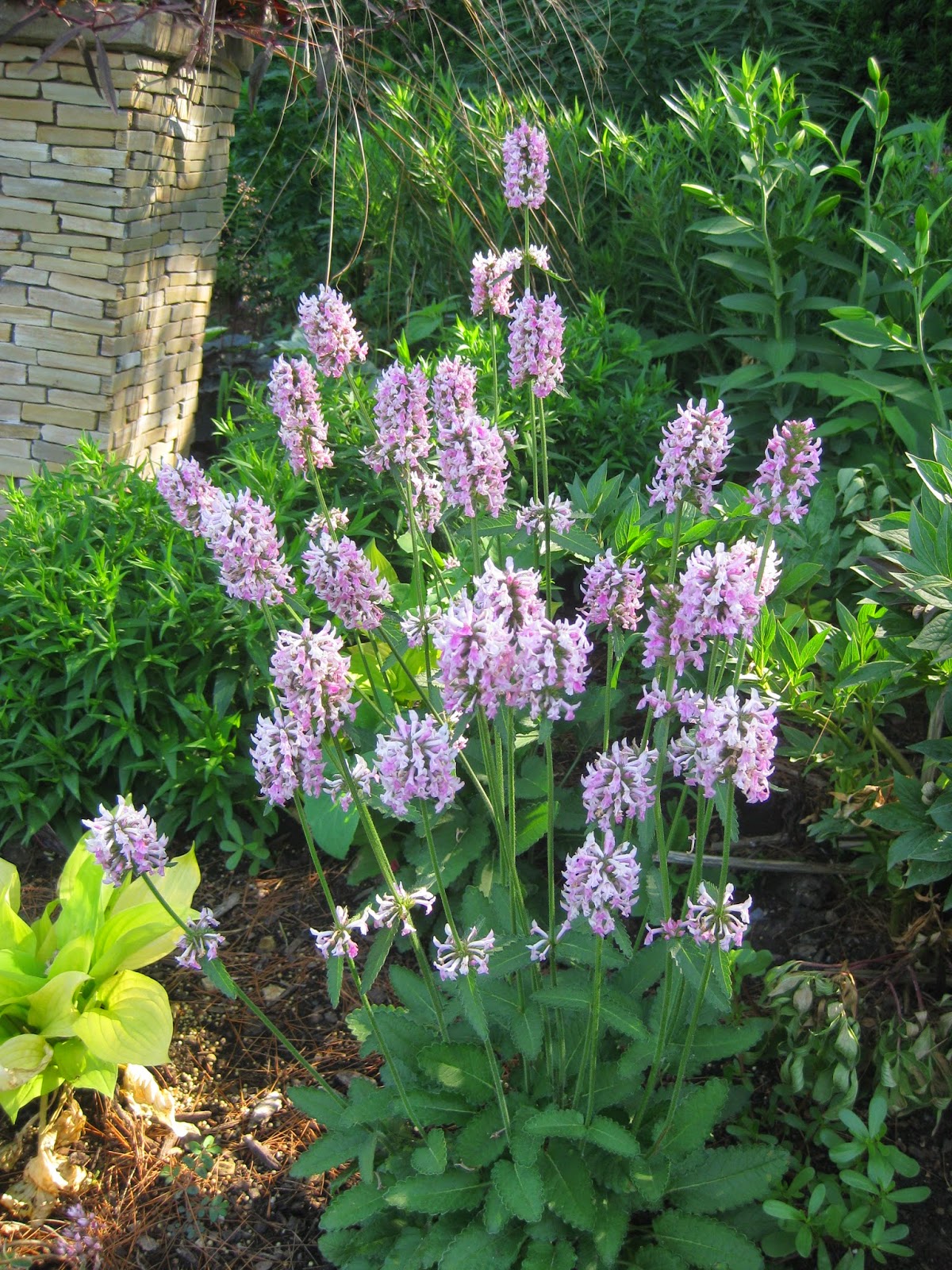

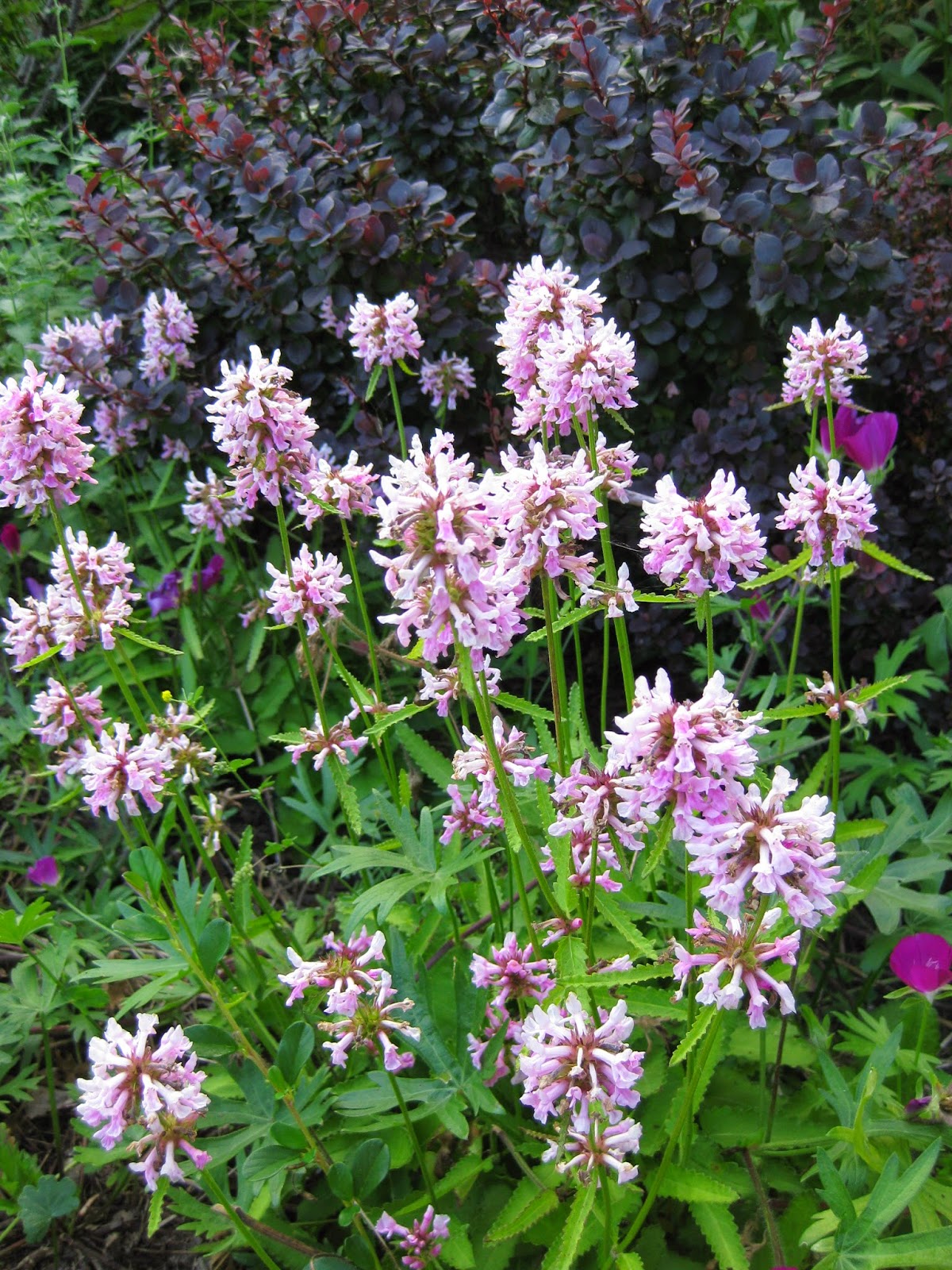
%2Bat%2BChanticeer%2B2011.jpg.JPG)
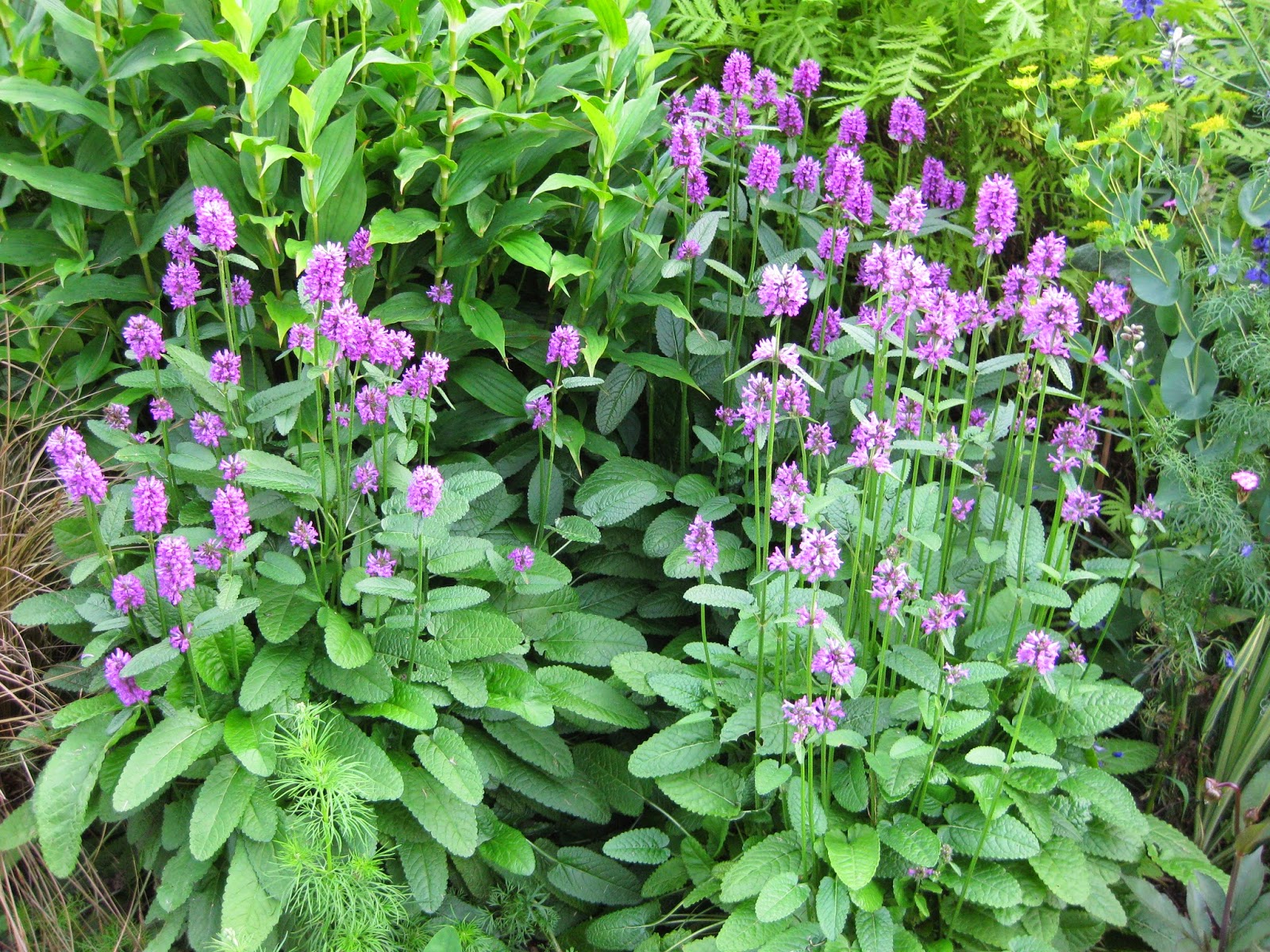
.jpg)

.jpg.JPG)
a.jpg.JPG)




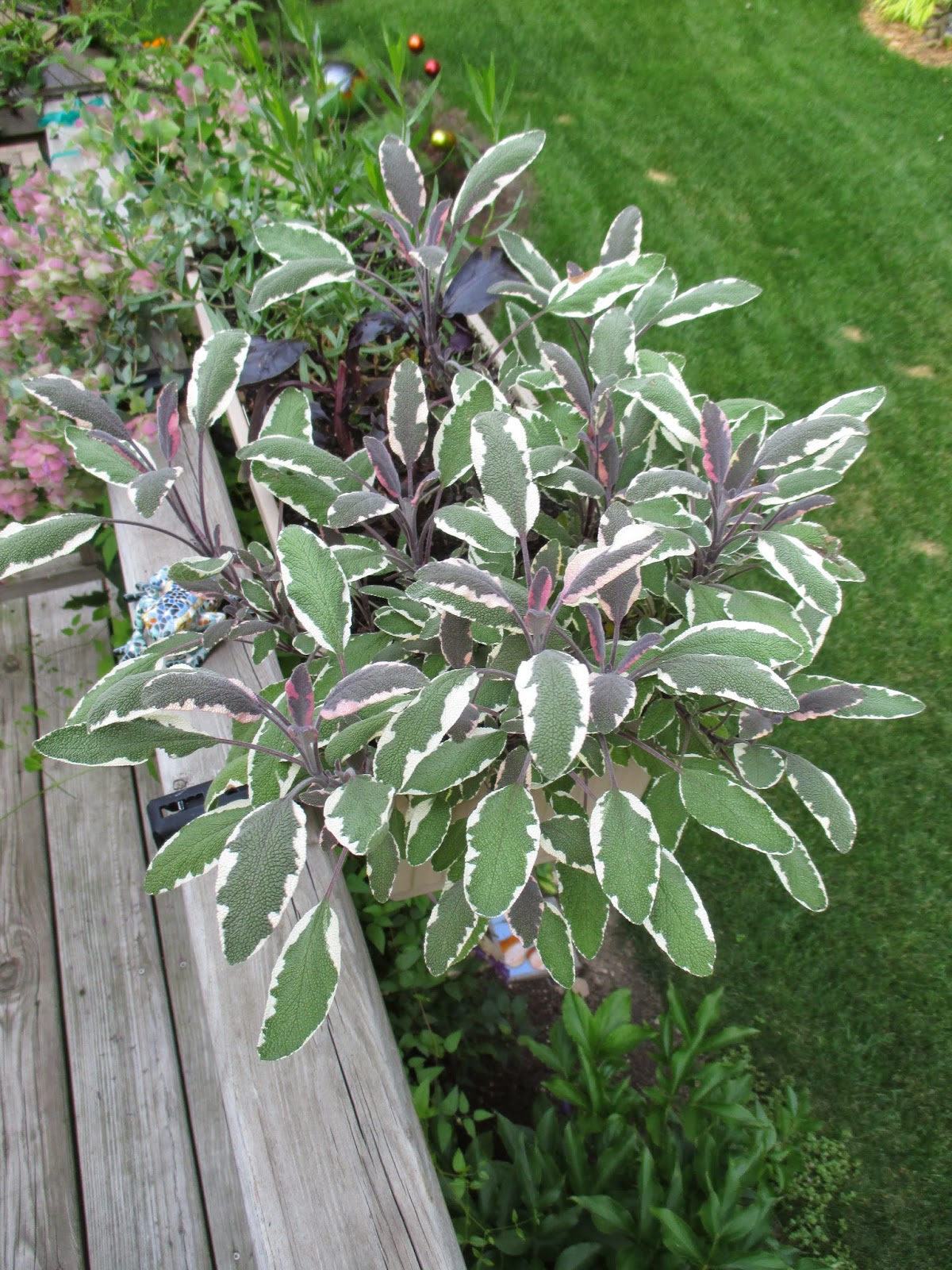.jpg.JPG)



.jpg)



.jpg)

.jpg)
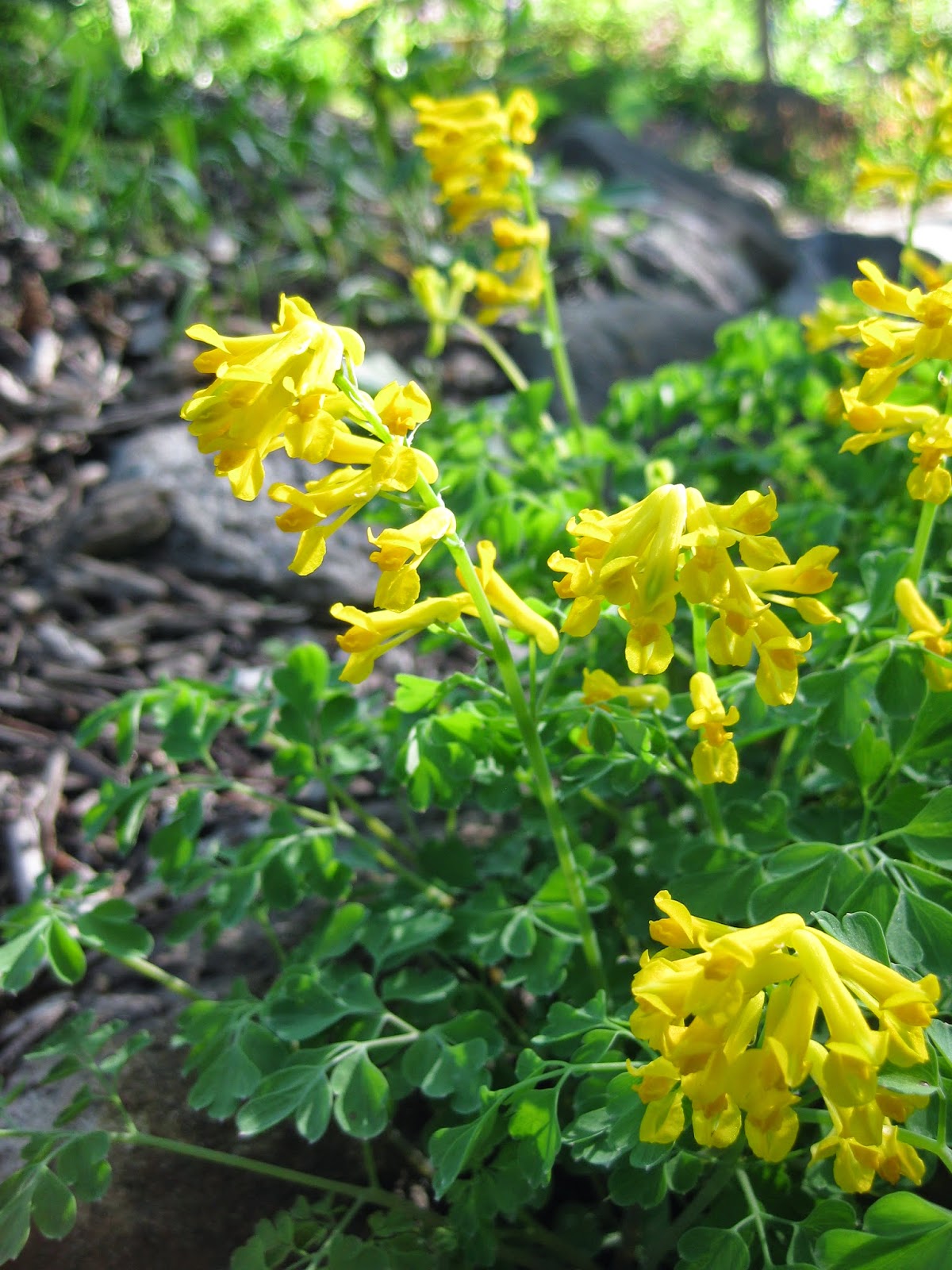.jpg)
c.jpg)


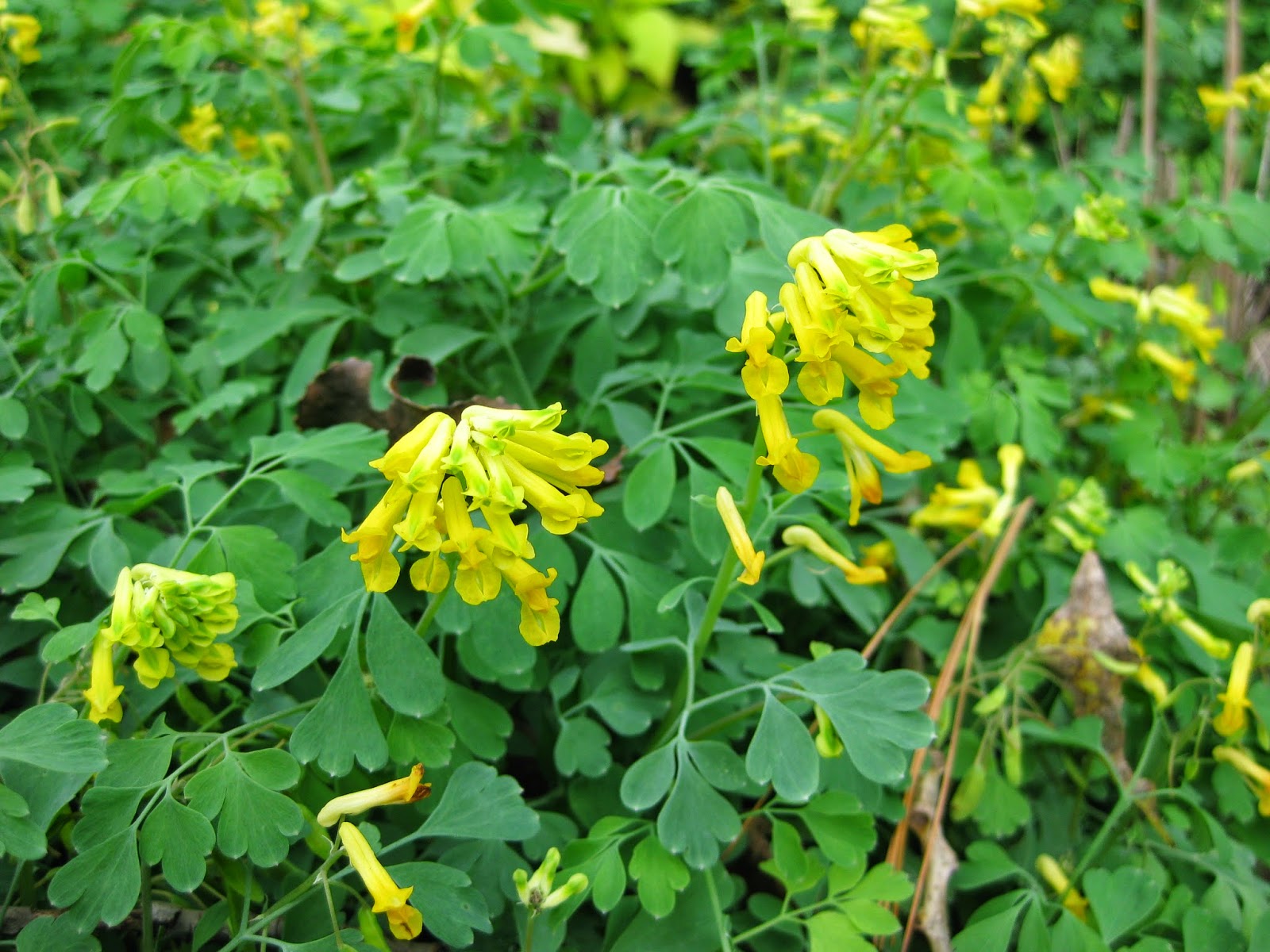
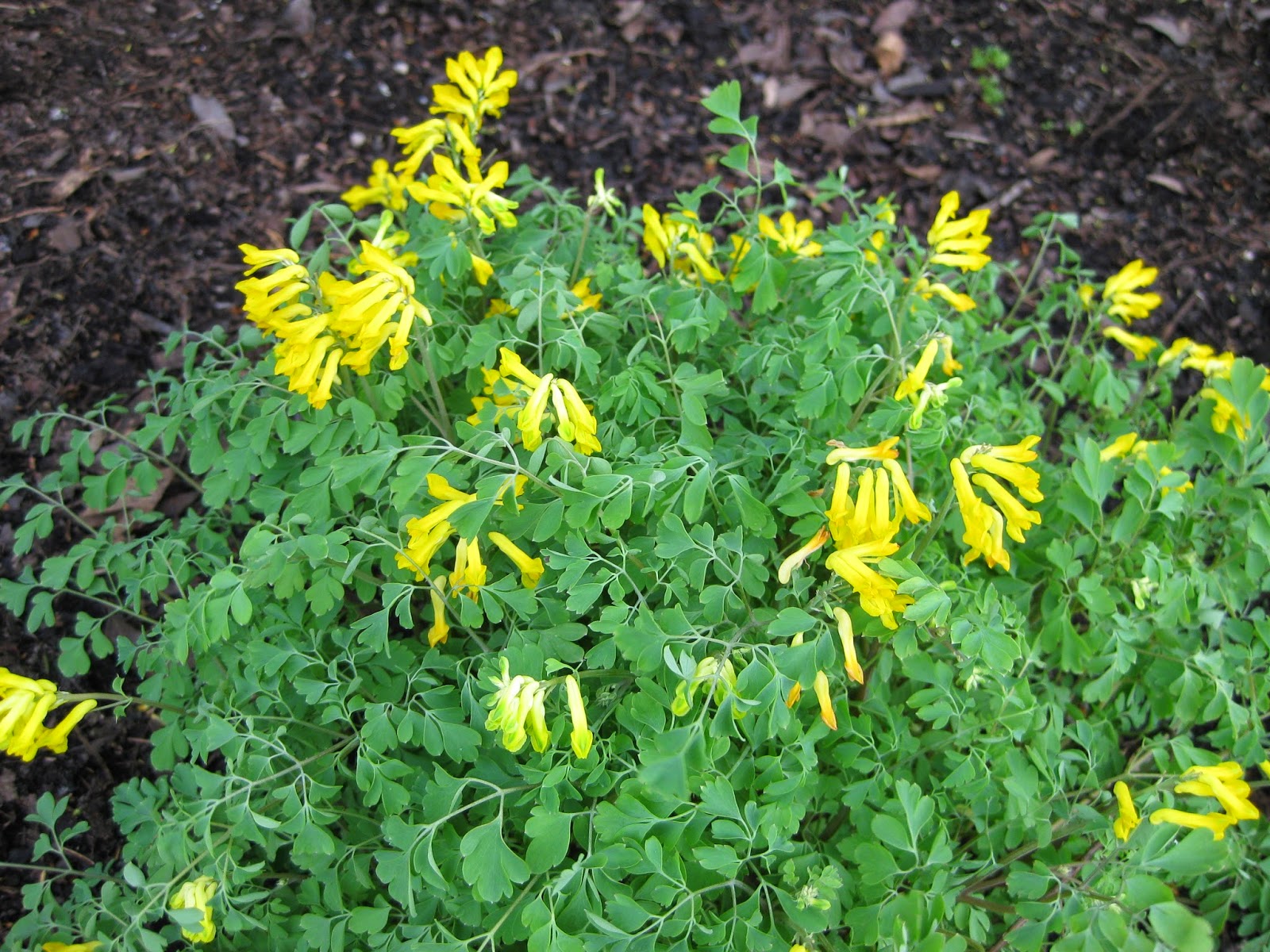

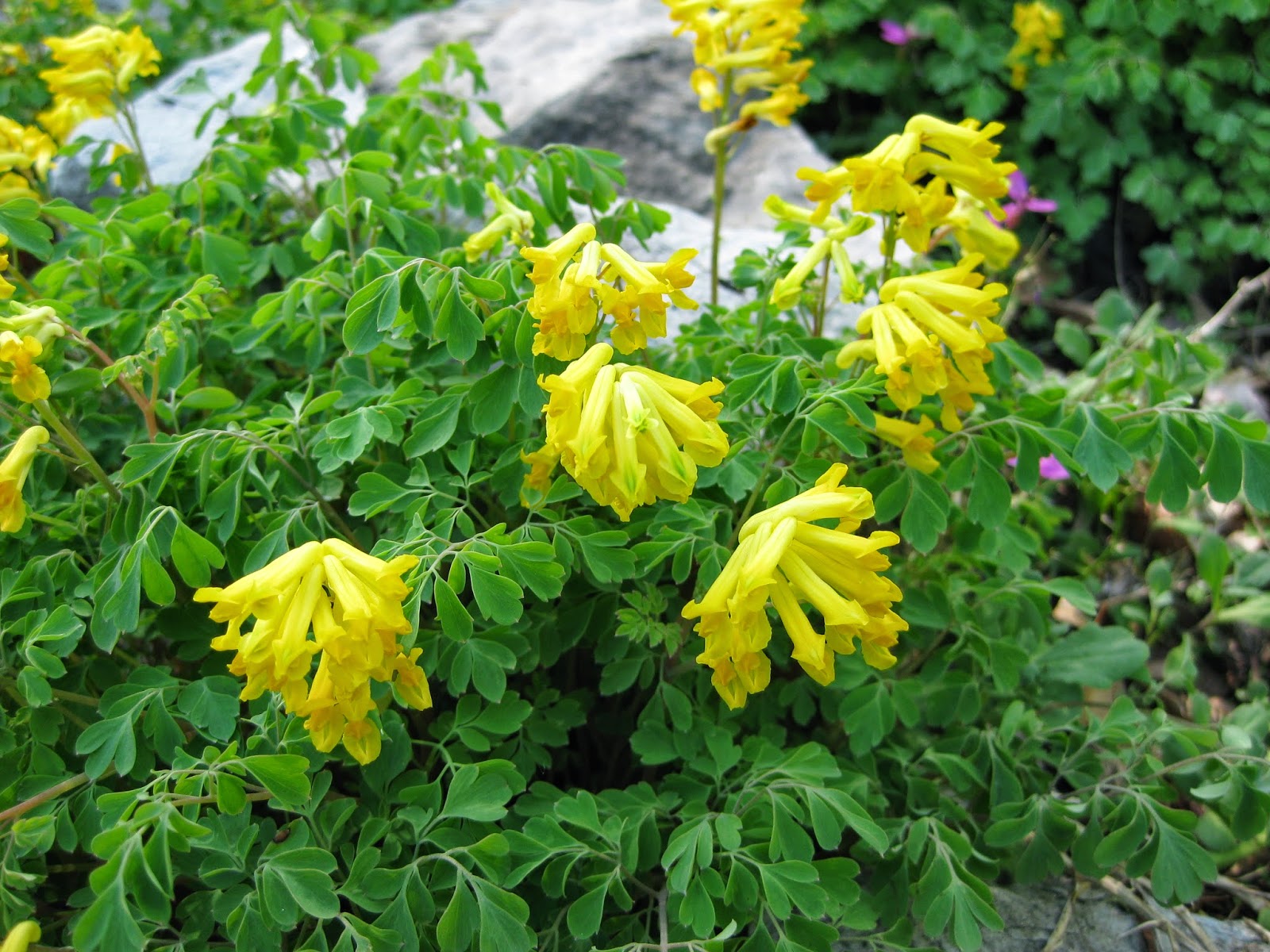







.jpg)
.jpg)
%2Bin%2Blate%2BSept.jpg)

.jpg)




